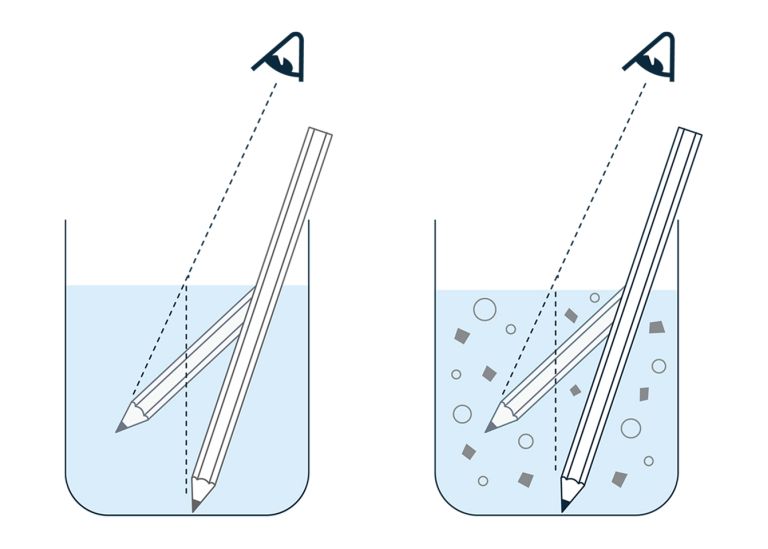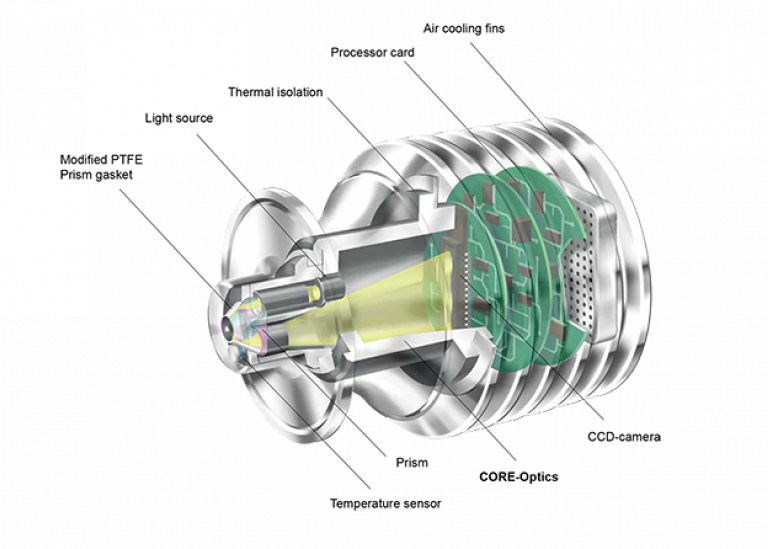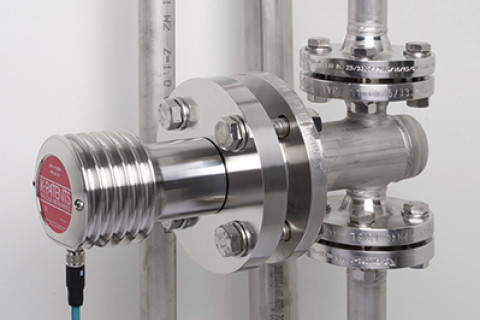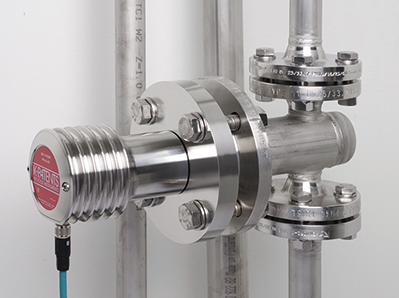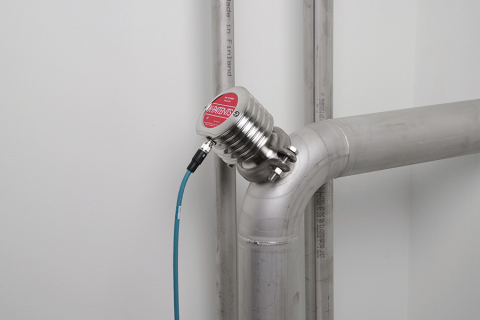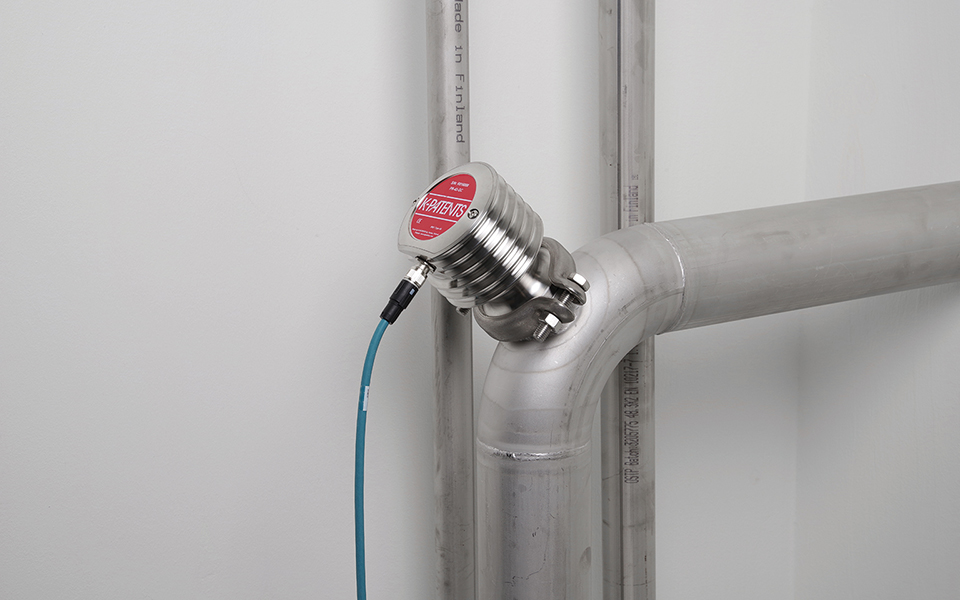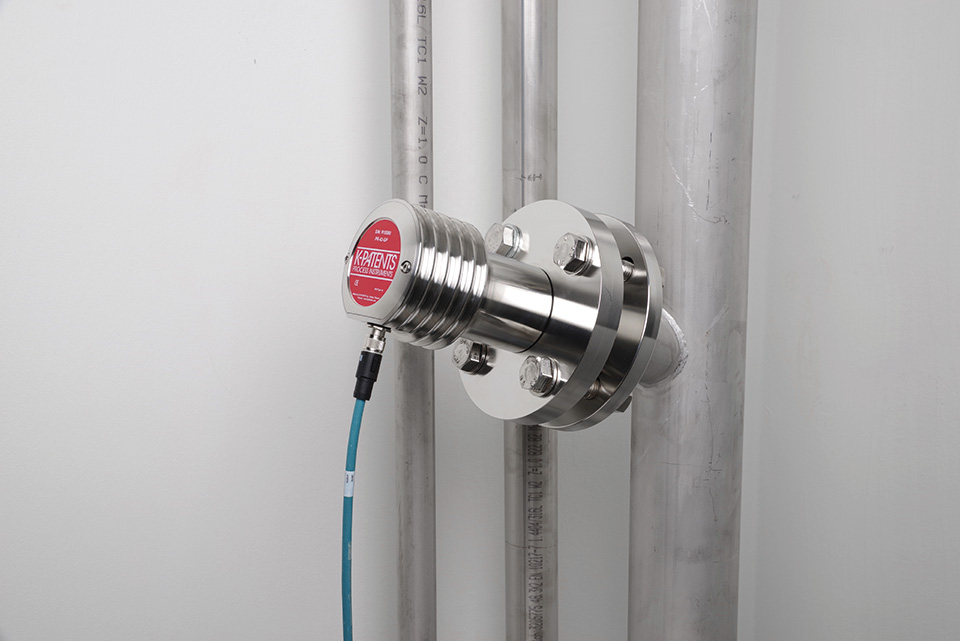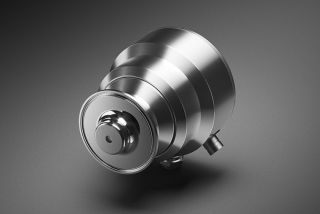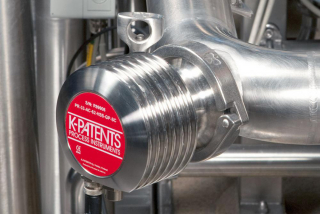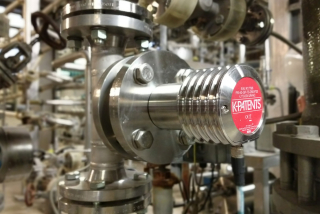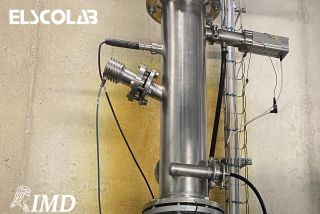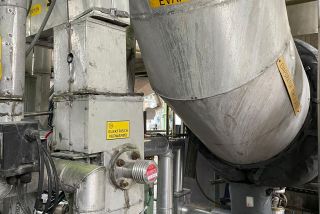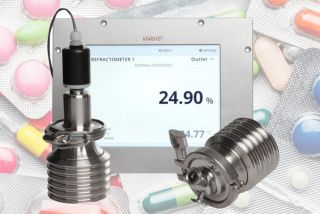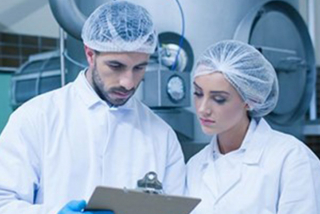
Refractometry - The technology for measuring liquid concentrations inline
There are many different methods for determining the concentration of a liquid inline or online. It’s no wonder you get a bit confused when choosing a good and reliable system. Very often a detour is taken via a density measurement to calculate the concentration from there. After this you’ll learn that this isn’t necessarily the best choice. Refractometry, or measuring the refractive index of light in the liquid, offers so much more.
Different measurement techniques for measuring liquid concentration - Which do you choose?
There are a large number of measuring principles based on density for measuring liquid concentration. The most commonly used techniques are U-tube, Coriolis, Acoustics (Sound Velocity), differential pressure (cell d/p) and even nuclear radiation. This variation in techniques already indicates that no single method can be used under all circumstances. There is only one technique for measuring the refractive index: refractometry. In addition, refractometry can be used to measure density. But why would you take that detour?
Why should you choose refractometry?
Refractive index is the only measurement technique that measures all dissolved substances in the liquid. And that's the point, isn't it? Other density-based techniques assume a certain correlation between density and the measured quantity, which in turn is related to the concentration. Take Coriolis flowmeters for example. These measure the mass flow that is related to the density, which in turn is correlated with the concentration. We all know the phenomenon that when you put a pencil in a cup of water, the pencil appears to be broken. That angle of refraction depends on the concentration of solute. A refractometer measures the angle of refraction and thus the concentration.
No influence of air bubbles or solid particles
As you can see in the figure, the angle of refraction is totally unaffected by solid particles in the water or air bubbles. The concentration of solute is really the only thing that determines the angle of refraction. All density-based measurement techniques are disrupted by air bubbles or particles to a greater or lesser extent.
Did you know that air bubbles interfere with a density measurement? 1% of air means a 1% error in density, which corresponds to an error in the concentration measurement of 1.5 - 2.5%.
As opposed to many other measurement techniques, solid particles are no problem for a refractometer. Particles in a liquid stream not only can interfere with those measurements, but can form a deposit on vital components or block up small channels. E.g. With acoustic principles or with techniques that rely on microwaves. The latter only measure the total solid matter, in other words the dissolved and undissolved particles in the liquid. And that's not what you want.

A constant flow rate? Forget it!
Flow rates in industrial processes are never completely constant. Especially Coriolis flowmeters and U-tubes for density determination are influenced by flow fluctuations and certainly by turbulence. A refractometer, on the other hand, is completely insensitive to this and can even perfectly measure in a stationary product. No need for a minimum flow rate or speed.
Temperature shocks, pressure surges and resonance
Temperature affects all measuring principles, that much is clear. Only that influence is not the same. Most density meters are made of metal and therefore quite large and heavy. In the event of temperature changes, a new thermal equilibrium must be reached each time before the measurement is again reliable and stable. An inline refractometer naturally also has a temperature influence. With refractometers, however, it is sufficient to measure the temperature change on the prism and immediately compensate.
Inline refractometers from K-Patents / Vaisala have a patented construction. The so-called ‘core optics’ are located in a solid block that absorbs pressure variations and vibrations by means of special springs. Most density meters run into problems with their stability and accuracy due to resonance as a result of vibrations and sudden pressure changes, e.g. by opening or closing a valve a bit further away.
A refractometer does not drift
As a result of the measuring principle itself and the patented ‘core optics’ (see above), a refractometer has no drift. This means that (re)calibration is not necessary! The basic calibration is done by the manufacturer based on scientific data and application studies. Sometimes it happens that there are still deviations w.r.t. control measurements, but these can easily be compensated for.
Anyone who has ever had a density measurement calibrated, e.g. Coriolis or acoustic, knows they’ve got their work cut out, how long it takes and what it costs. A refractometer can, if desired, be occasionally validated using certified standards, a job of a few minutes.
You place a refractometer where it suits you
Density meters each have their limitations when it comes to installation. U-tube measurements can only be done in bypass. Coriolis devices may be installed inline, but the pipe diameter has an influence on the cost price. Sound velocity meters are more accurate in large pipes than in small ones; for microwave density measurements the pipe shouldn’t be too large.
Refractometers do not have all these limitations. Main pipe or bypass, large diameters or small tubing, installation in a tank with or without rotating scraper, everything’s possible!
Conclusion
Measuring the refractive index using an inline refractometer is the only technique that directly measures the concentration of your medium. Pressure, temperature, particles, vibrations, drift, etc. all have no influence on the measurement. Refractometry is a reliable, stable measurement technique that does not require calibration and requires little or no maintenance. This produces correct measurement results that enable you to save costs, increase quality and optimise returns. That’s the intention, right?
More information?
